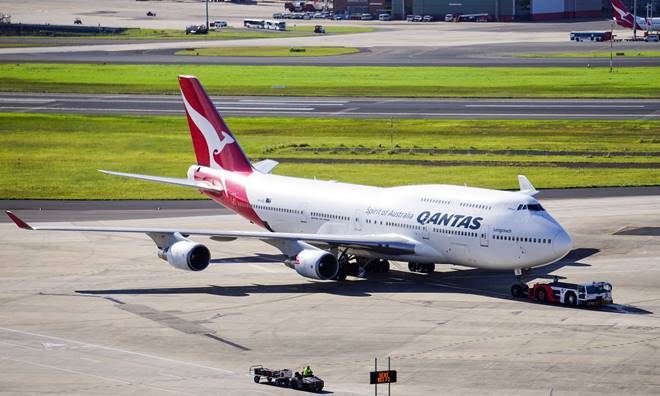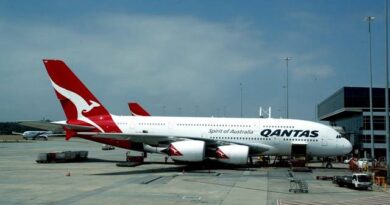Business Intelligence in Aviation with Examples
Business intelligence (BI) refers to the use of data analytics, data mining, and other analytical techniques to extract insights and make data-driven decisions. In aviation, BI can be used to improve safety, efficiency, and profitability. Here are some examples of how business intelligence (BI) is used in aviation.
Predictive Maintenance
Airlines use BI to analyze data from aircraft sensors and predict when maintenance is needed, minimizing unscheduled downtime and reducing maintenance costs. For example, United Airlines uses predictive maintenance to monitor its Boeing 777 fleet, which has resulted in a 28% reduction in maintenance-related delays.
Reference: United Airlines, “United Airlines First U.S. Airline to Introduce Automated Maintenance Inspection Program,” 2019.
Flight Scheduling
Airlines use BI to analyze historical flight data, passenger demand, and other factors to optimize flight schedules. For example, Delta Air Lines uses BI to adjust its flight schedules based on weather patterns and passenger demand, resulting in a more efficient use of resources.
Reference: Delta Air Lines, “Delta uses data to optimize its schedules and operations,” 2020.
Crew Scheduling
Airlines use BI to optimize crew schedules, taking into account factors such as flight schedules, crew availability, and union rules. For example, Southwest Airlines uses BI to optimize its pilot and flight attendant schedules, resulting in reduced crew fatigue and improved operational efficiency.
Reference: Southwest Airlines, “Southwest Airlines Scheduling Analytics,” 2020.
Fuel Efficiency
Airlines use BI to analyze data on fuel consumption, flight routes, and other factors to optimize fuel efficiency. For example, Alaska Airlines uses BI to optimize its flight routes and reduce fuel consumption, resulting in a 4% reduction in fuel burn and a 4% reduction in emissions.
Reference: Alaska Airlines, “Alaska Airlines: Environmental Sustainability,” 2020.
Safety Analytics
Airlines use BI to analyze safety-related data, such as flight data, maintenance records, and safety incident reports, to identify potential safety issues and improve safety practices. For example, Qantas Airways uses safety analytics to monitor its safety performance, resulting in a 64% reduction in serious safety incidents.
Reference: Qantas Airways, “Qantas Annual Report 2020,” 2020.
Overall, BI is an important tool for aviation companies to optimize operations, reduce costs, and improve safety.



